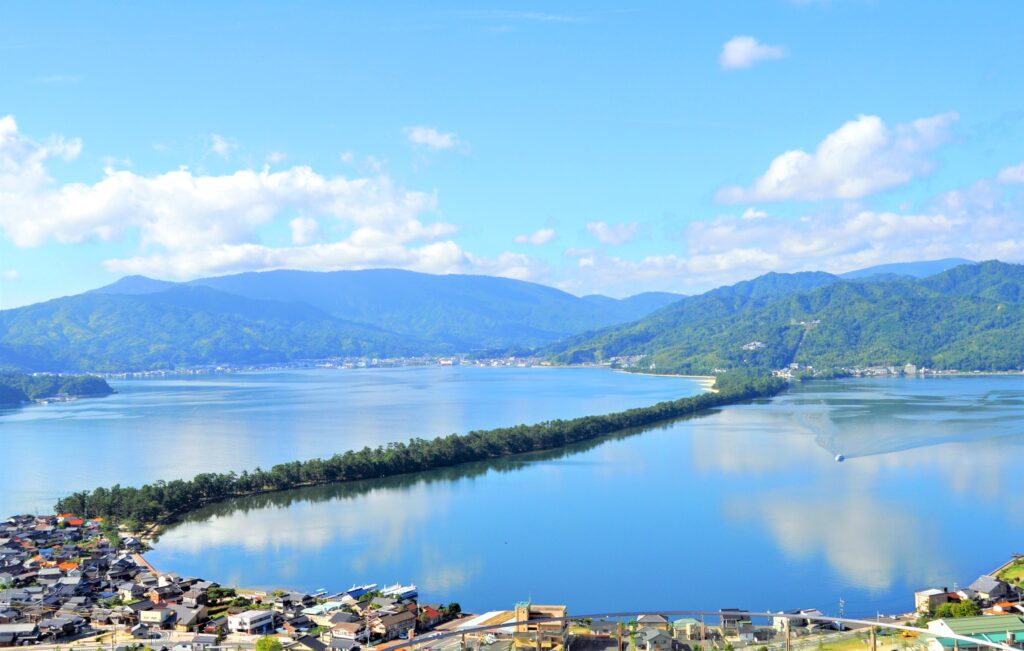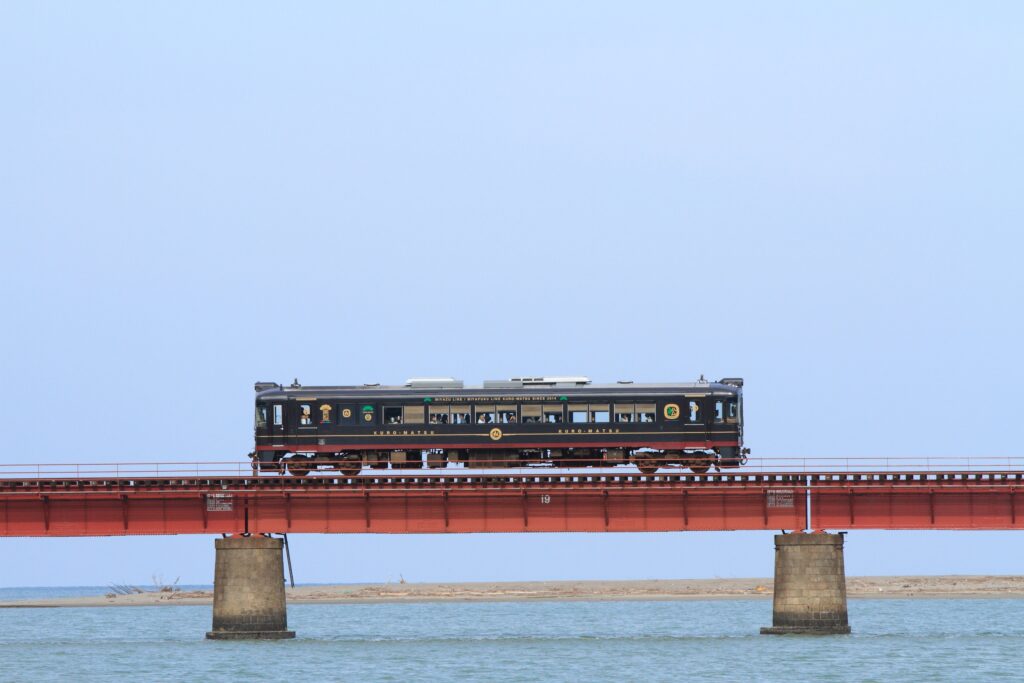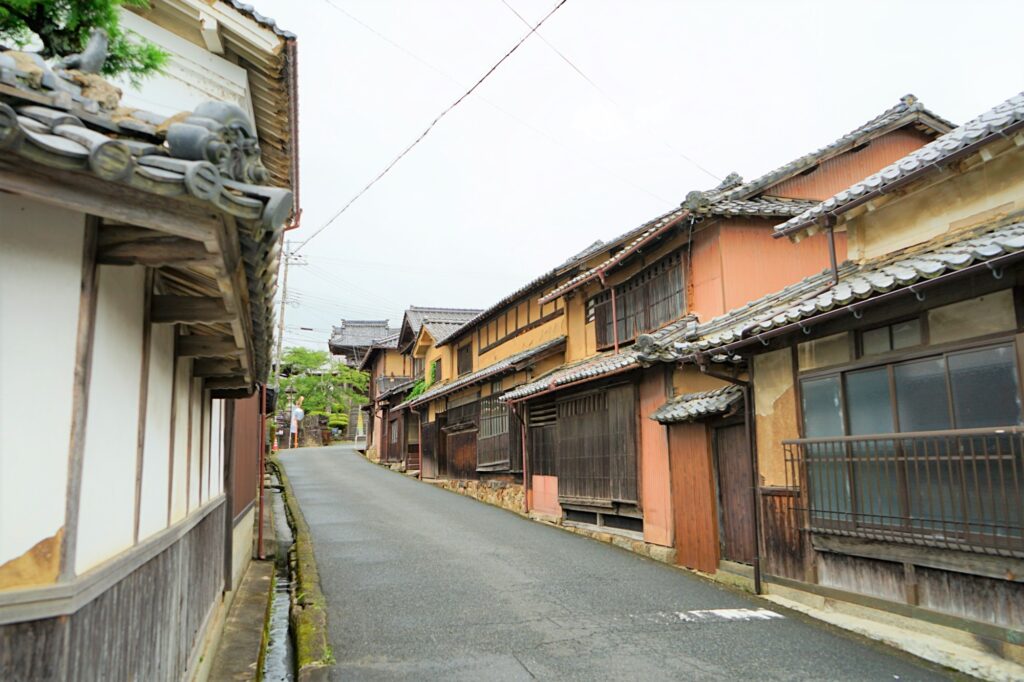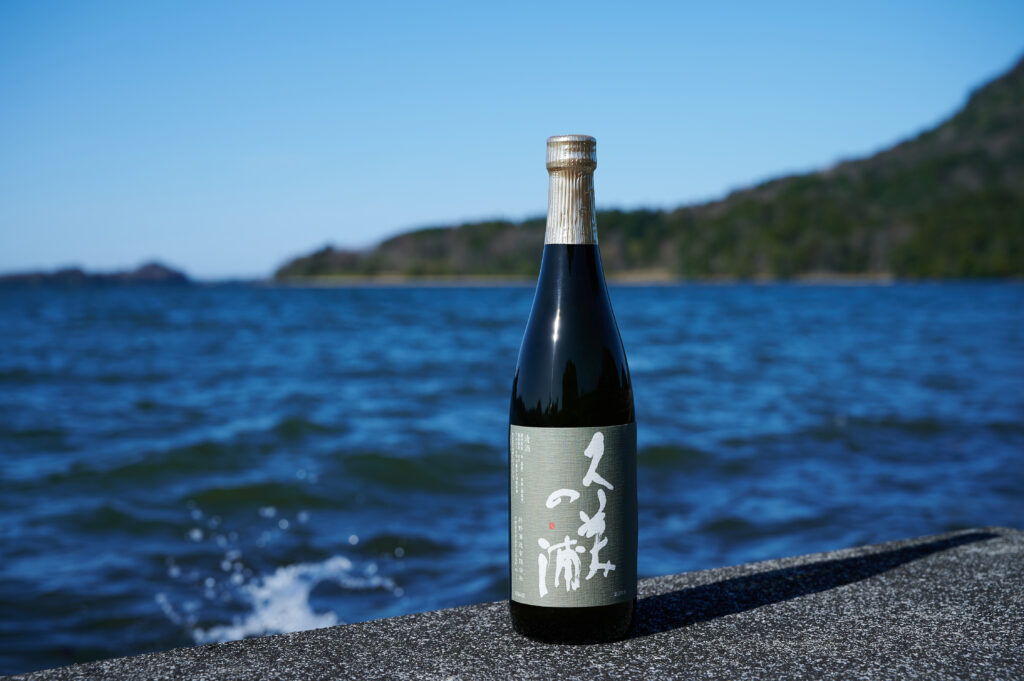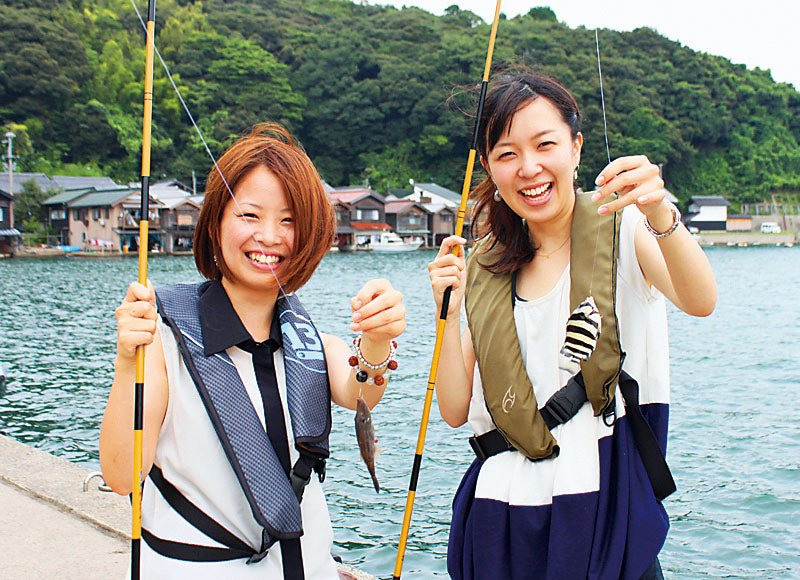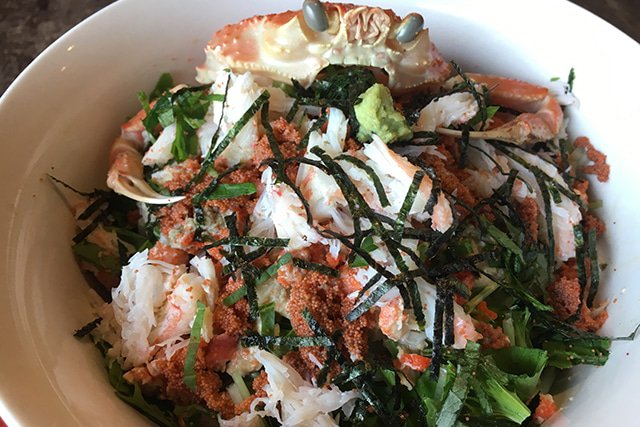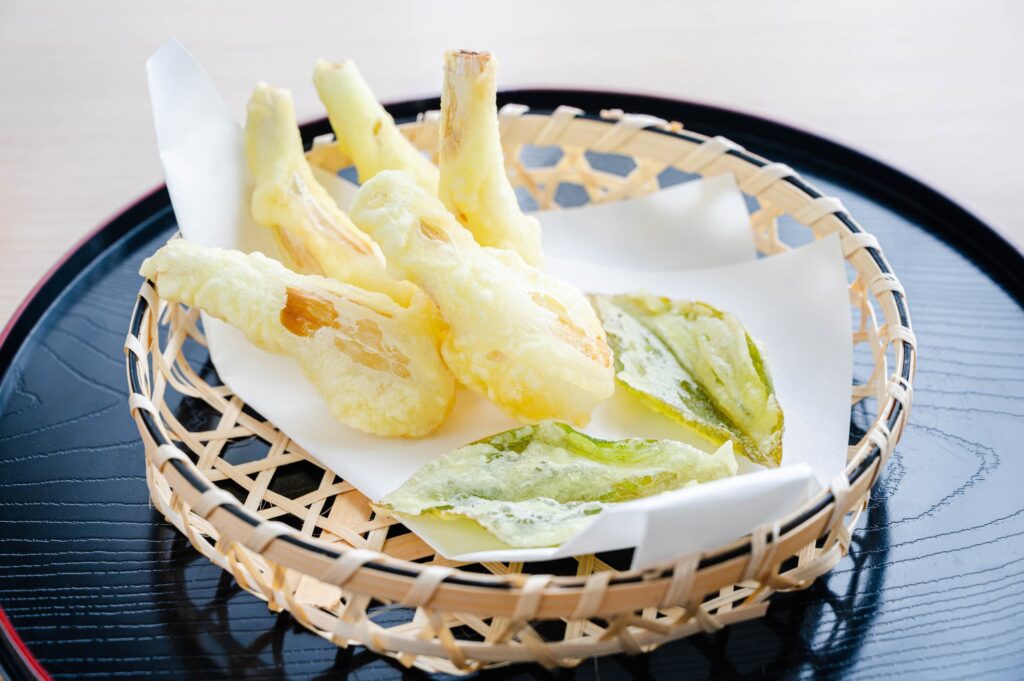With an ideal climate for rice production and supply of high-quality water, Kyoto prefecture produces the most sake in Japan. Much of the best-tasting sake in the region comes from the Kyotango area, near the Sea of Japan. Kumano Shuzo, or Kumano Brewery, is one place where you can try this delicious rice wine.
Sake at the Kumano Brewery is under the label of “Kumi no Ura,” inspired by the nature and sea surrounding it in the town of Kumihama, on the bay. Several varieties of hand-brewed sake and umeshu (plum wine) are available, and the shop offers in-store sampling. (*2)
*2… In-store sampling may or may not be available due to the effects of the coronavirus.
